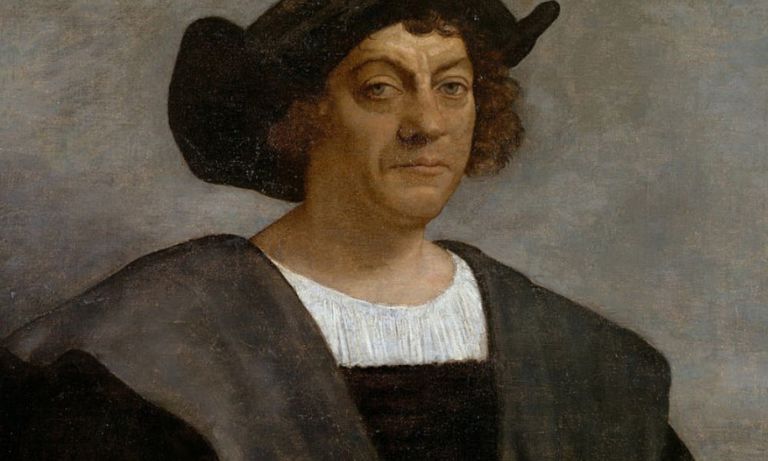Debunking The Myth About Christopher Columbus’ Discovery Of America
Christopher Columbus, we were once taught in school, was the first European to land on American soil. But is this true? Was this Italian explorer the first person who sailed across the Atlantic from the Old World to “discover” the New World in 1492? It certainly makes for a good story, and it’s one we’ve been told repeatedly. But the historically accurate version of the discovery of the Americas is well worth exploring, too.
The Columbus family history
Columbus was born in 1451 in the Republic of Genoa, today part of Italy. His father, Domenico, was a prosperous fabric merchant who dealt in woven goods. He also owned a stall selling cheese, where his young son is said to have helped out.
Susanna Fontanarossa was Columbus’ mother, and he had three brothers and one sister. Due to the future explorer’s birth location, the assumption is that his first language would have been a Genoese dialect of Ligurian.
Sailing the seven seas
Columbus first went to sea when he was just ten. Then, after a family move to Savona in 1470, he sailed on a Genoese vessel under the auspices of René of Anjou, a French prince who held various royal titles during his life. The ship’s mission was to attempt the seizure of the Kingdom of Naples.
In 1476 Columbus sailed with a trade convoy transporting goods to northern Europe and docked in England and Ireland. Other details about this part of the explorer’s life are somewhat murky, but he may also have visited Iceland.
He had exploration on the brain
Columbus continued his travels around Europe in the ensuing years, eventually landing in the Portuguese capital of Lisbon in 1477. According to some accounts, he arrived there after being shipwrecked due to a pirate attack off Portugal’s coast.
Columbus also took the opportunity to study astronomy, math, navigation, and map-making. Those, of course, were all skills that would be invaluable to an adventurous explorer. And the idea of pursuing just such a course was already on the sailor’s mind.
The problem of the Silk Road
The problem with the old Silk Road could be bypassed by traveling on the sea. That journey, though, seemingly involved sailing right around continental Africa. But what if a route that crossed the Atlantic to Asia could be found instead?
Columbus, armed only with the geographical knowledge of the day, was convinced that this was feasible. Like other Europeans at the time, though, he had no idea that the continent of America stood in the way of a westerly passage to China.
